Turning Up the Heat
The notifications were said to state that the companies should not be selling EDA equipment to Chinese entities without a license, essentially setting up a review process for all EDA sales and support into China, but some in the administration suggest that while it seems like an outright ban on EDA sales to China, decisions will be made on a case-by-case basis. EDA tool sales have already been banned for nodes below 3nm (since 2022), but it is thought that the new notification extends that ban to 7nm, which is the level at which China’s leading foundry SMIC (981.HK) has been able to reach commercially, albeit in limited quantities. Foundries outside of China have been producing at 3nm, typically using EUV tools that are unable to be sold to Chinese customers, leaving them with DUV tools as an alternative, a more complex and costly process. Further restricting design tools will limit China’s ability to move to 5nm and below, even if they are able to use existing DUV process equipment as the design process will be limited to existing tools designed for more mature nodes and those developed exclusively on the mainland.
While we expect this latest round of potential regulations and limitations might be the administration’s latest negotiating ploy, rarely are these kinds of limitations rolled back, as the government can use its license granting power to pick and choose what and when it will allow such equipment to be sold to China. The threat is what matters here, and we expect the timing of the potential EDA rule tightening is a way to ‘convince’ China that the US means business and they better come to the table willing to make concessions. The administration says the stepped up EDA ban is just part of its longer-term investigation of the effects of China’s progress in the semiconductor space, but it seems a bit more transparent than that to us.



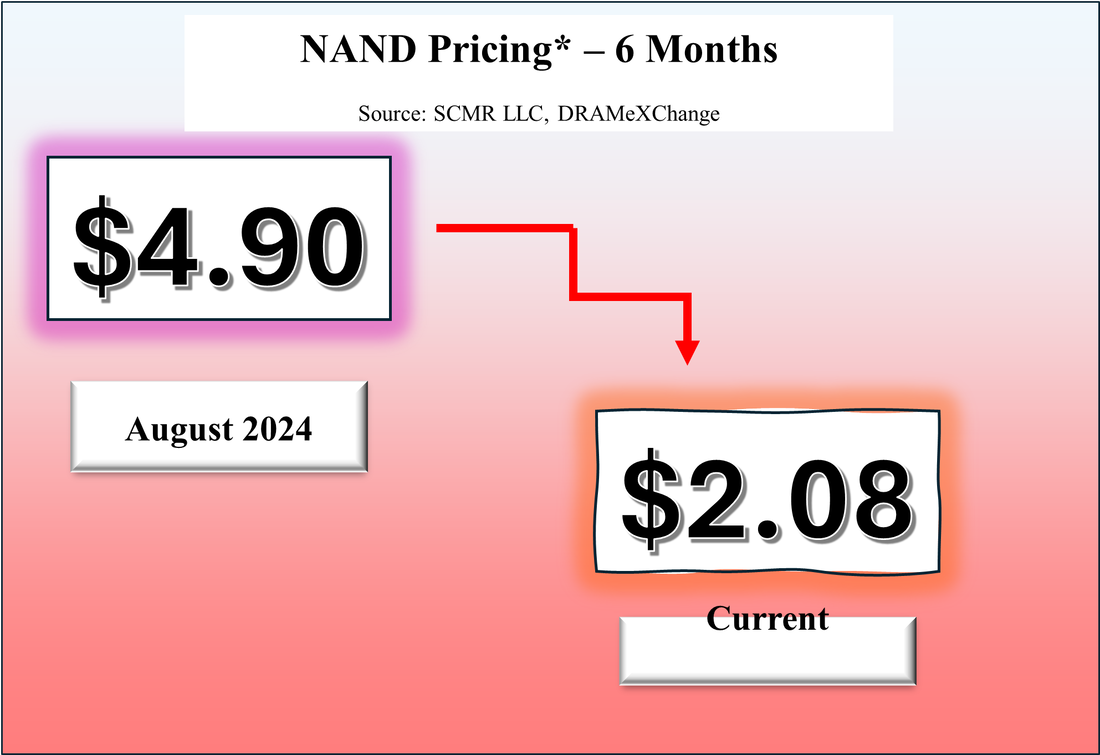
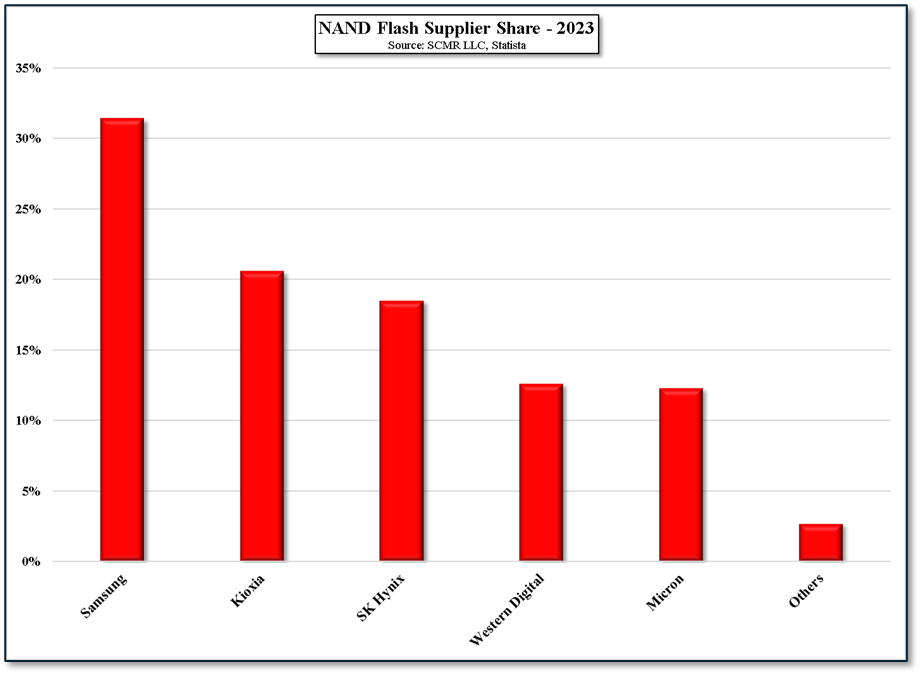
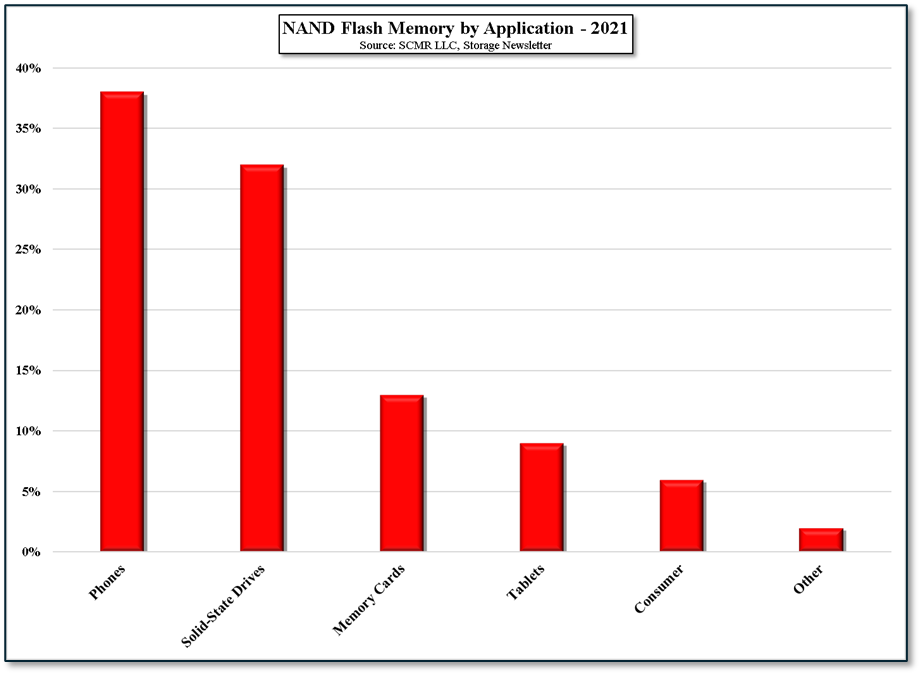
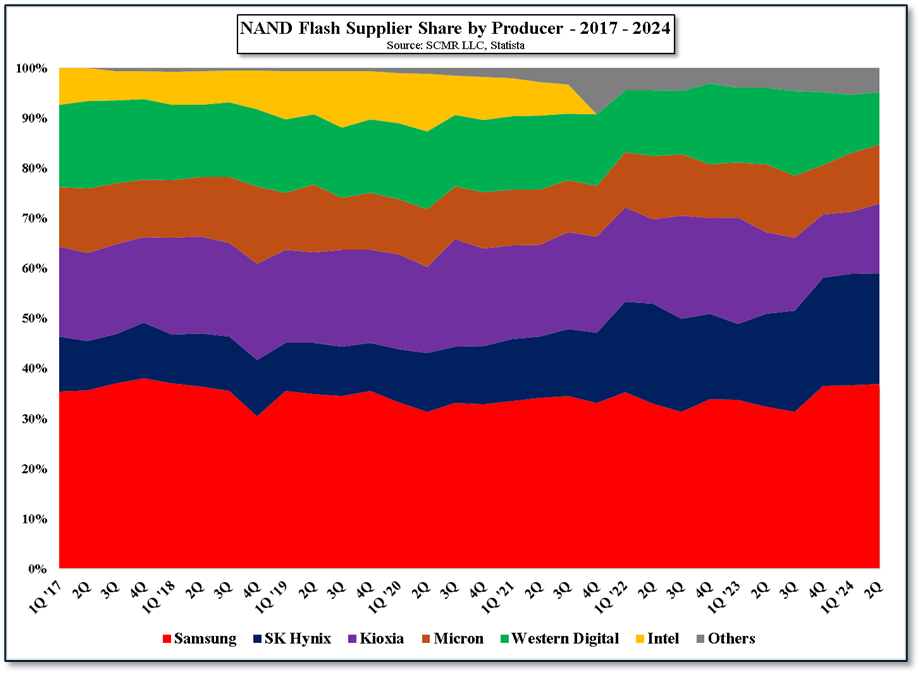
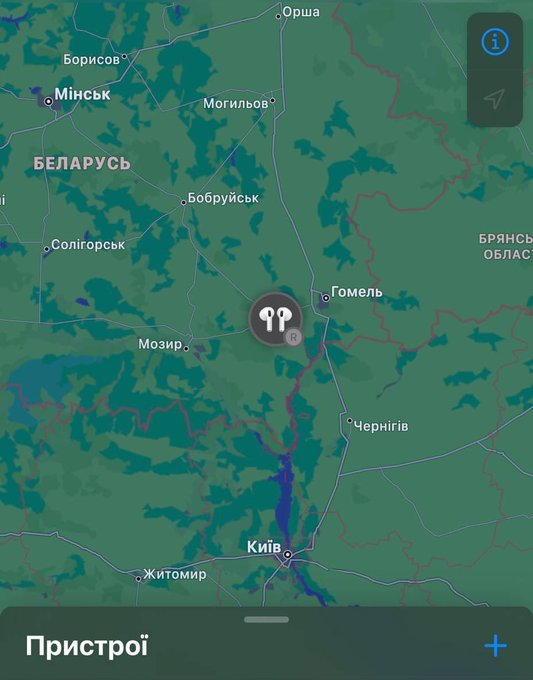







 RSS Feed
RSS Feed